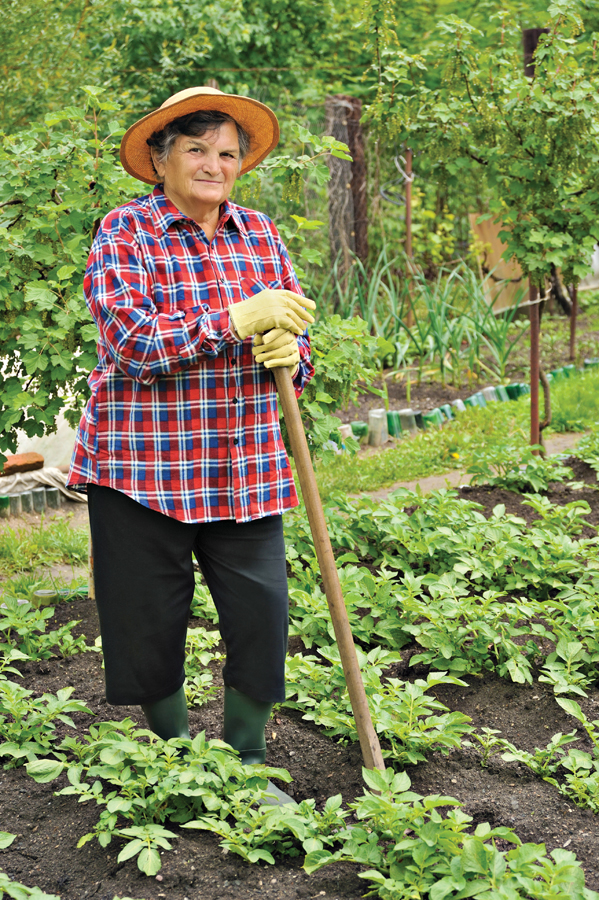Chapter 23 Introduction
Biosocial Development: Late Adulthood
- Prejudice and Predictions
- Believing the Stereotype
- A VIEW FROM SCIENCE: When You Think of Old People …
- The Demographic Shift
- Selective Optimization with Compensation
- Personal Compensation: Sex
- A CASE TO STUDY: Should Older Couples Have More Sex?
- Social Compensation: Driving
- Technological Compensation: The Senses
- Compensation for the Brain
- Aging and Disease
- Primary and Secondary Aging
- Compression of Morbidity
- Theories of Aging
- Wear and Tear
- Genetic Theories
- Cellular Aging
- The Centenarians
- Far from Modern Life and Times
- Maximum Life Expectancy
666

667
WHAT WILL YOU KNOW?
- How is ageism like racism?
Ageism is the idea that age determines who you are, just as racism is the idea that race determines who you are. Stereotyping makes ageism “a social disease, much like racism and sexism . . . [causing] needless fear, waste, illness, and misery.”
- What percentage of older people are in nursing homes?
In the United States, only 3 percent of people over 64 are in nursing homes or hospitals.
- Can people slow down the aging process?
The effects of aging that are due to wear and tear or cellular aging can be slowed by limiting exposure to the sun, pollution, and elements, reducing stress, and consuming a healthy diet (perhaps even calorie restriction). The effects of aging that are due to genetic factors and the Hayflick limit cannot be slowed.
- Why would anyone want to live to 100?
Those who study centenarians find many quite happy. Jeanne Calment, who died at 122 years old, enjoyed a glass of red wine and some olive oil each day. “I will die laughing,” she said. Everyone agrees that the last years of life can be good ones.
I took Asa, age 1, to the playground. One mother, watching her son, warned that the sandbox would soon be crowded because the children from a nearby day-
Soon I realized she was merely being polite, because a girl too young to be graciously ageist glanced at me and asked:
“Is that your grandchild?”
I nodded.
“Where is the mother?” was her next question.
Later that afternoon came the final blow. As I opened the gate for a middle-
Now we begin our study of the last phase of life, from age 65 or so until death. This chapter starts by exploring the prejudices that surround aging. We describe biosocial changes—
This is not a medical textbook, but various ailments that are common in the elderly—